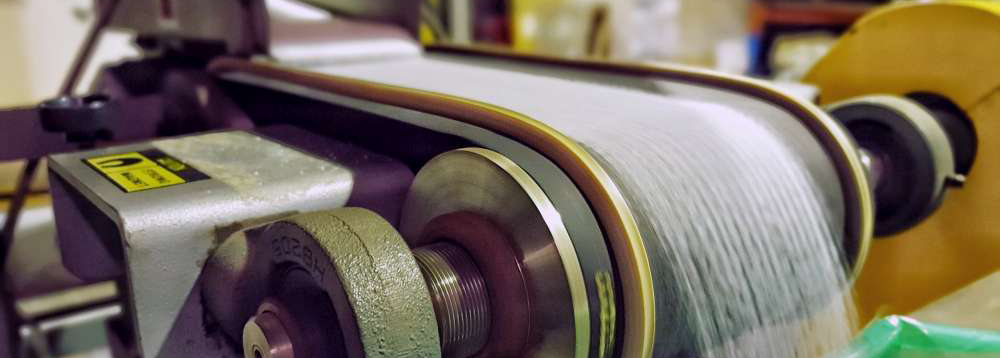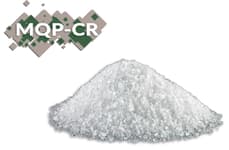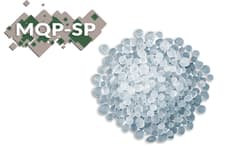High Purity Silica
High purity Silica, also known as Silicon dioxide, is one of the most subtle yet prominent materials in the world. It is the main filler in a lot of products, including semiconductor molding compounds, optical fibers, coating powder but also in building materials, solar panels and high performance ceramics. The list doesn't stop here. Adhesives, cosmetics, printing inks, epoxy mold compounds; all of them use Silica in varying purities and in huge quantities. The reliability requirements of these applications have raised the need for innovative extraction processes that remove impurities and contaminants and result in quartz with SiO2 content up to 99.99%.
Different applications require different silica formulations and can accept ranging purity tolerances, always in the range of 99+%. This varying need lead us to create and promote a large portfolio of Silica sub-products such as Quartz sand, Crystalline Micro Quartz powders and Spherical / Angular Micro Quartz powders. All of them compatible with the IOTA standards and with the ability to adjust Particle density based on the customer requirements.
Within our developmental projects, we are also conducting trials to commence production of high purity low alpha spherical silica micro powders to supply the premium end of the spherical silica markets.
HB4S | Quartz Sand 99.995%
- ≥99.995% SiO2
- Ultra High purity
- Flexible Particle Size
- No longer available
MQP-CR| Micro Quartz Powder 99.97% - Crystalline
- ≥99.97% SiO2
- Crystalline form
- Quartz Powder
- No longer available
MQP-SP | Micro Quartz Powder 99.97% - Spherical
- ≥99.97% SiO2
- Spherical form
- Quartz Powder
- No longer available
MQP-SPF | Micro Quartz Powder 99.97% - Fused Spherical Silica
- ≥99.97% SiO2
- Spherical form
- Fused Silica Powder
- No longer available
Product Selector Guide
| Product name | Al | Fe | Na | K | Ca | Mg | Cr | Cu | U (ppb) | SiO2(%) |
|---|---|---|---|---|---|---|---|---|---|---|
| HB3 | <50 | <15 | <30 | <20 | 2.0 | <1 | <0.10 | <0.10 | <0.5 | ≥99.97% |
| HB4 | <30 | <5 | <20 | <5 | <10 | <1 | <0.05 | <0.05 | <0.5 | ≥99.99% |
| HB4S | <30 | <1 | <1 | <1 | <2 | <1 | <0.05 | <0.05 | <0.5 | ≥99.995% |
| Product name | Al | Fe | Na | K | Ca | Mg | U(ppb) | Mg | Mn | Cr | Cl- | Na+ | Fe2 | pH | EC (μS/cm) | Sphericity (%) | SiO2(%) |
|---|---|---|---|---|---|---|---|---|---|---|---|---|---|---|---|---|---|
| HPS-LT20 | 230 | 160 | 80 | 100 | 820 | 110 | - | 110 | - | 2 | - | - | - | - | - | - | 99.16% |
| MQP-CRystalline | <50 | <15 | <20 | <20 | <15 | <5 | <0.5 | <1 | <0.1 | <0.1 | <1 | <1 | <0.1 | 5 ±1 | ~3 | - | ≥99.97% |
| MQP-SPherical | <50 | <15 | <20 | <20 | <15 | <5 | <0.5 | <1 | <0.1 | <0.1 | <1 | <1 | <0.1 | 5 ±1 | ~3 | >90% | ≥99.97% |
| MQP-SP Fused Silica | <50 | <15 | <20 | <20 | <15 | <5 | <0.5 | <1 | <0.1 | <0.1 | <1 | <0.15 ±1~3>90% ≥99.97% |
*Particle distribution can be adjusted for all products
*Fused Silica comes in two versions. Low alpha + ultra high purity and Low Al2O3 + high purity.
Frequently Asked Questions
What are the basic characteristics of Silica sand?
Crystalline quartz sand range includes the following grades; +99.97% SiO2 (HB3), +99.99% SiO2 (HB4) and +99.995% SiO2 (HB4S)
Typical Quartz sand characteristics are:
- High purity, with very low iron, chromium, copper and manganese
- Low alpha ray emission
- Calcination (or hot chlorination) can be applied to provide a lower hydroxyl content and lower alkali content.
What is Particle size distribution(PSD)?
The particle-size distribution (PSD) of a powder, or granular material, or particles dispersed in fluid, is a list of values or a mathematical function that defines the relative amount, typically by mass, of particles present according to size.
We are thoroughly analyzing our grain size distribution +0.1mm based on DIN 52098 dry sieve analysis and all the -0.1mm fractions according to DIN EN933-10 air jet sieve analysis.
What are your processing capabilities?
Constant trials and detailed process designs substantiate a low-cost scalable model for the production of high purity silica sand and powders. Capacity and throughput are based on a target scalable production of ~5,000t in year one and scaling up to ~15,000t per annum.
Flexibility embedded in the production process enables us to develop products tailored to meet end customer specifications, such as particle size distribution and purity.
Learn More
What is the difference between Quartz sand and Silica Sand?
Quartz sand is primarily composed of quartz (SiO₂), which is one of the most abundant minerals in the Earth's crust. It refers specifically to sand that consists almost entirely of quartz grains. Quartz sand is typically pure and has a high silica content, but it may contain other minerals in small quantities.
Silica Sand however is a broader term that refers to sand that contains a significant amount of silicon dioxide (SiO₂). While it can be composed primarily of quartz, it may also contain other forms of silica, such as cristobalite or tridymite, depending on how the sand is processed or its geological origin. Silica sand can include sand that is less pure than quartz sand, with a variety of silica forms and varying amounts of impurities.
Key Properties of High Purity Silica
Chemical Stability
Due to its high purity and lack of reactive impurities, silica does not corrode easily, even when exposed to highly acidic or basic conditions. This property is critical in applications such as chemical processing, where material integrity is crucial.
InertHigh purity silica (SiO₂) is chemically inert, meaning it does not react easily with other substances. This makes it suitable for use in environments exposed to corrosive chemicals, acids, and bases. Its resistance to chemical reactions ensures longevity in harsh environments
Thermal Resistance
High Melting Point
Silica has a very high melting point, typically around 1,600°C (2,912°F), which makes it ideal for high-temperature applications. It retains its structural integrity in environments where other materials would degrade or melt, such as in refractory ceramics and high-temperature furnace linings.
Thermal Insulation
Its low thermal conductivity allows it to act as an insulator in high-temperature systems. For example, silica’s ability to resist heat without transmitting it is useful in electronic components and optical devices that need to remain thermally stable.
Low Thermal Expansion
High purity silica has a very low coefficient of thermal expansion, which means it does not expand or contract significantly with temperature changes. Its ability to withstand rapid temperature changes without cracking or deforming makes silica suitable for applications where materials are exposed to fluctuating thermal conditions, such as in high-temperature glassware and ceramics.
Electrical Insulation
One of the key properties of high purity silica is its excellent electrical insulation. With a high dielectric strength and very low electrical conductivity, it’s widely used in electronic applications to prevent electrical currents from leaking.
Optical Transparency
Exhibits excellent transparency in a wide range of wavelengths, from ultraviolet (UV) to infrared (IR), making it a key material in the optics industry. Its optical properties enable it to transmit light with minimal distortion, making it a top choice for manufacturing optical fibers, lenses, and windows for various scientific instruments and telecommunications systems. The high purity ensures that impurities do not scatter or absorb light, preserving the clarity and efficiency of optical systems, whether for high-speed data transmission in fiber optics or precision imaging in scientific equipment.
Hardness & Mechanical Strength
UV & Radiation Resistance
High purity Silica Applications
High purity Quartz sand
High purity Quartz sand has a SiO2 content of up to approximate 99.997% (with varying grades) and is typically used as a filler powder in Epoxy mold compounds and Copper clad laminates.
Epoxies can be silica filled for more than 80% of their weight, making the choice of very High purity silica one of the most important aspects that determines their final properties.
Quartz sand can also be used in the outer lining of crucibles, optical glass applications, cladding in fiber optic cables and in Silica glass form that is used in halogen lamp bulbs.
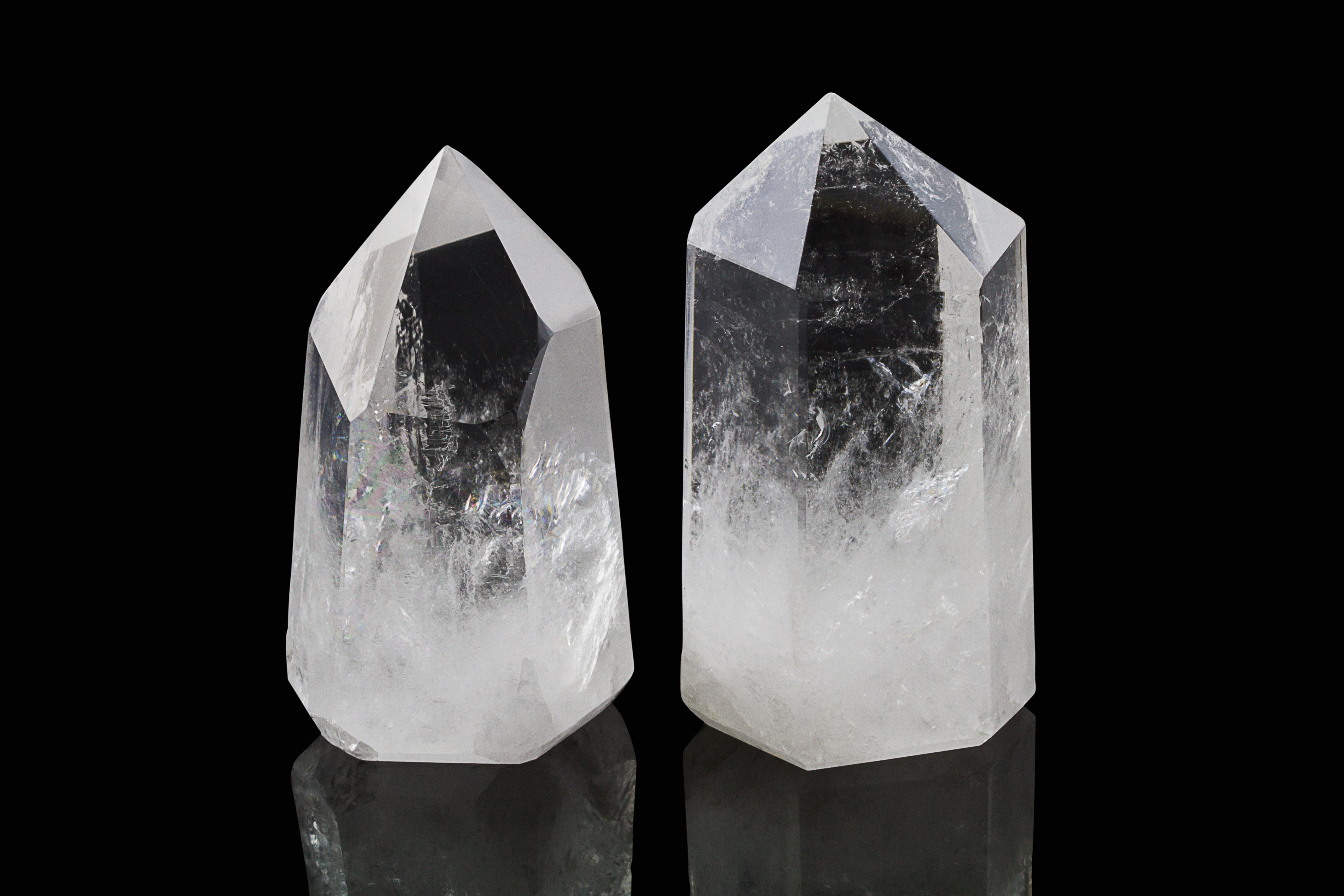
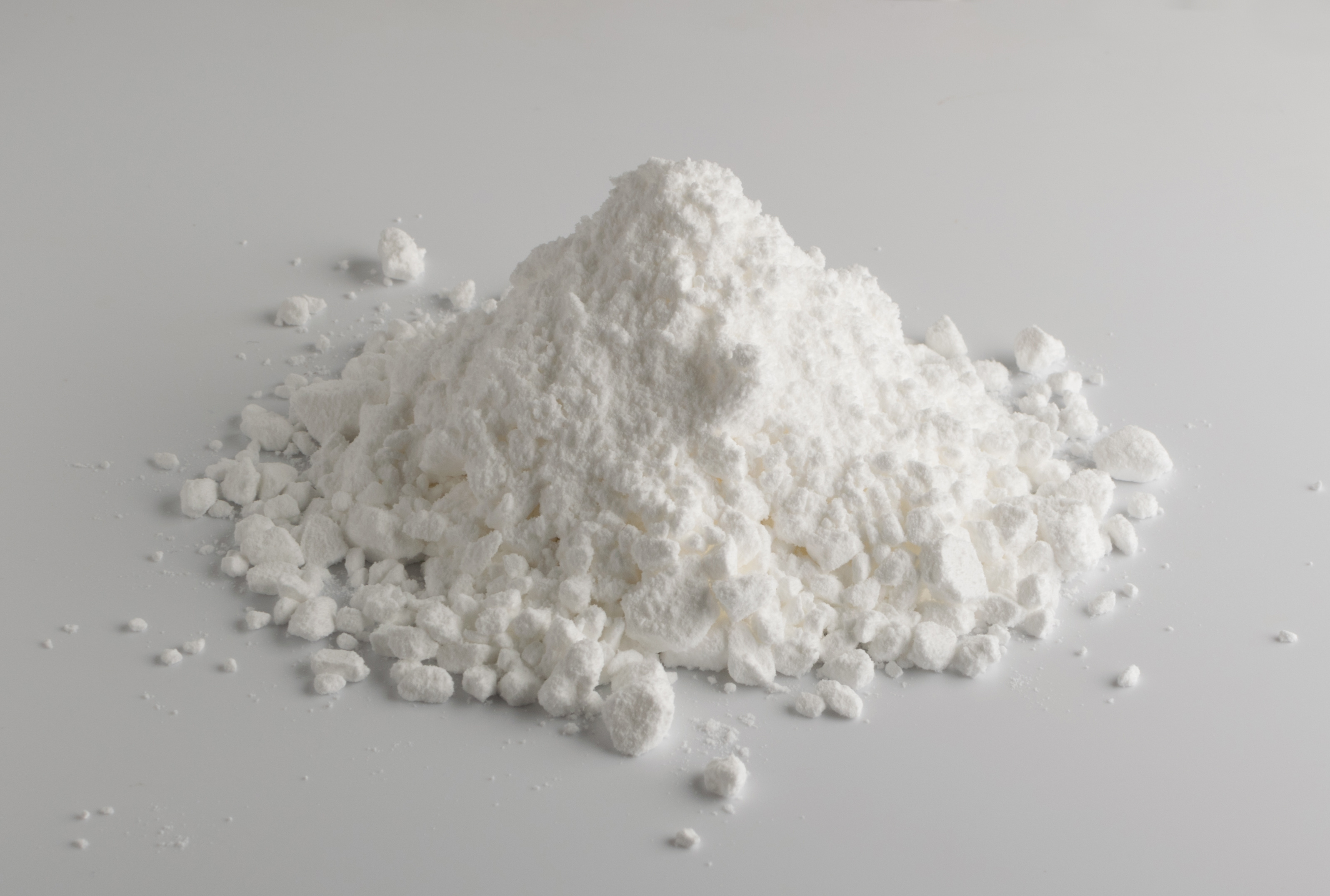
Ultra-Fine crystalline quartz powder
High purity Ultra-Fine crystalline quartz powder has a SiO2 content greater than 99.97%. It is also a popular filler in epoxy mold compounds that are destined for semiconductors and in CCL (Copper clad laminates) to improve their CTE, thermal resistance and reliability.
Additionally, ultra fine quartz powder is widely used to create printing inks for PCB. The ultra-fine crystalline silica powder can bring ideal resistance to scratching and wiping, low thermal expansion coefficient, chemical resistance and long-term reliability for the circuit board.
Commonly used in Paints and coating, ultra fine crystalline silica powder can bring excellent performances, such as resistance to scratching and wiping, leveling properties, transparency and weather resistance. Other applications include adhesives (such as die attach pastes), cosmetics and also leveraging the insulative properties of silica tocreate electrical insulation parts.
